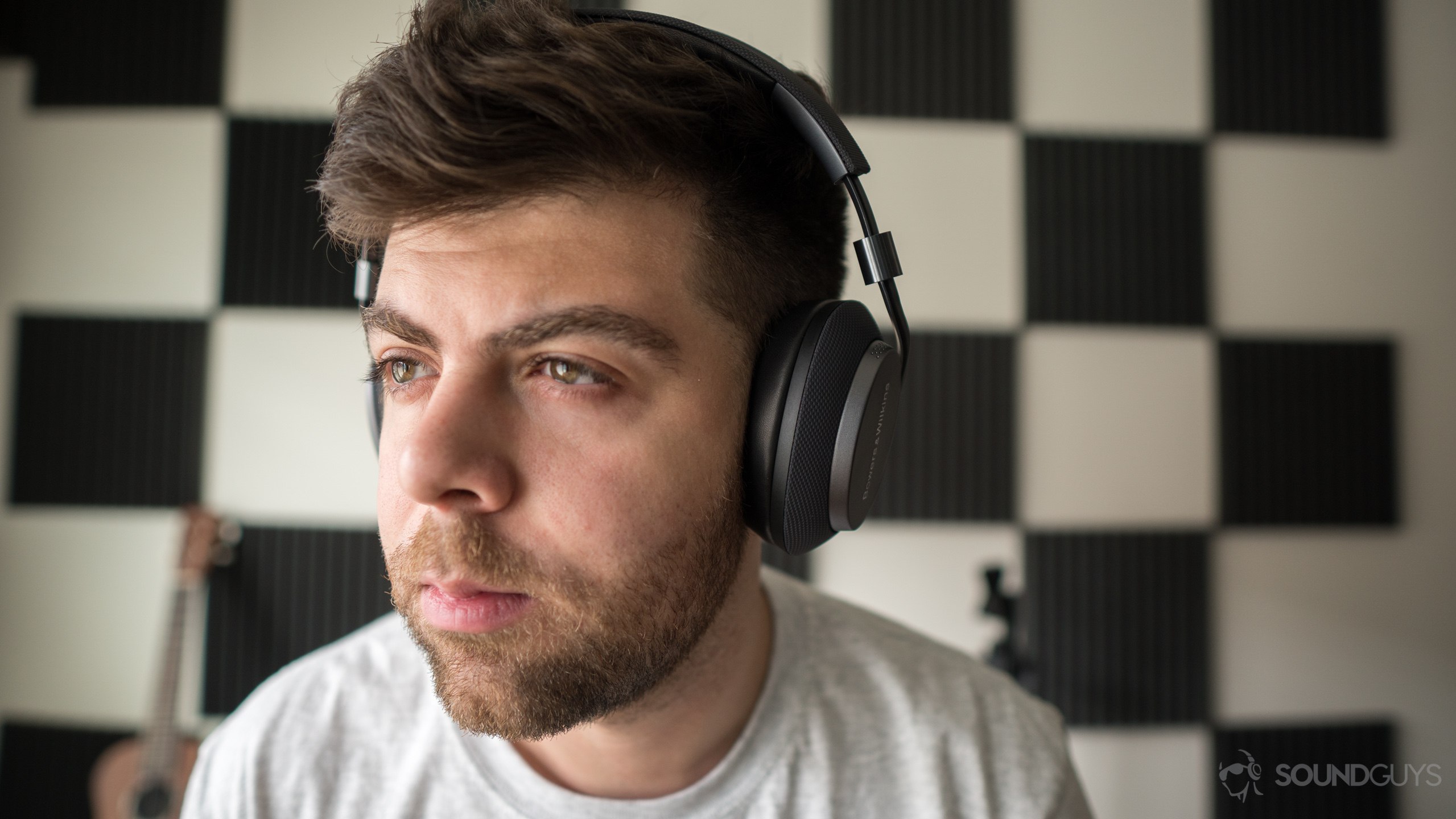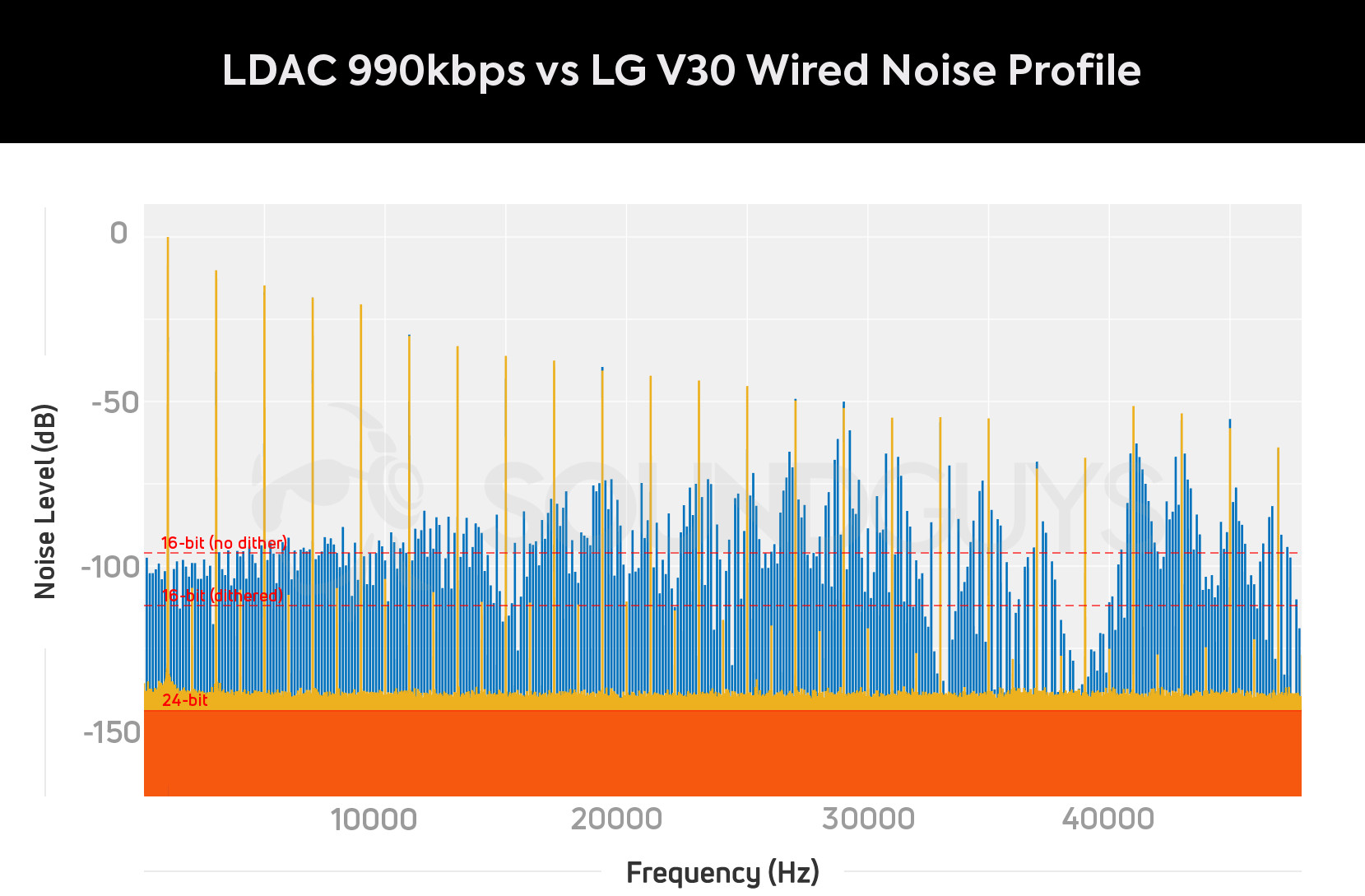All products featured are independently chosen by us. However, SoundGuys may receive a commission on orders placed through its retail links. See our ethics statement.
The ultimate guide to Bluetooth headphones: Your ears are too old to care
September 17, 2021
You heard us right: your ears are probably too old and broken down to hear the difference in audio quality over Bluetooth headphones… even though Bluetooth is objectively inferior in every way to wired listening. Assuming the connection is good, the types of artifacts that Bluetooth introduces are largely inaudible. Most people physically can’t hear Bluetooth’s added noise or high-frequency cutoff because they are too old to hear them. Though you’ll often see the range of human hearing quoted as 20Hz to 20kHz, the truth is that you probably can’t hear that high anymore. Most people hear a significantly narrower range of sounds than that.
Editor’s note: this article was updated on September 17, 2021, for minor changes to wording and to update links.
Do you need perfect hearing to appreciate music?
No, you definitely don’t need perfect hearing to enjoy music. Perfect hearing requires you to have undamaged, extremely young ears. Even if you avoid concerts, never get an ear infection, or somehow avoid noise-induced hearing loss—by age 24, you’ll start to lose your high-frequency hearing as your stereocilia start to decline. It’s just a fact of life: it happens. If someone in their 50s tells you they can hear above 18kHz, they’re trying to sell you something.

This isn’t some debilitating condition, and in all likelihood your hearing is far worse than you think. But the upside is this: if you haven’t noticed it until now, it’s not so bad, right?
Beyond that, you have to realize Bluetooth headphones need to appeal to an extremely broad market of people that has varying stages of hearing loss. If we accept that anti-teen loitering devices that play a 17.4kHz tone is an effective way to sort hearing ability of humans, then a generous read of the population should put our critical age of 24 as the cutoff for 18kHz and above. Let’s take a look at how many people in the US are above that age.
There are almost twice as many people older than 24 than there are younger than 24. Considering how almost 70% of the population can’t hear over 18kHz, the high-frequency cutoff many codecs use to reduce data starts to make more sense. Of course, hearing ability varies from person to person, so be sure to test it for yourself. You shouldn’t be surprised when you can’t hear 20kHz.
Does Bluetooth add noise?
Now this isn’t to say that you can’t hear a difference, but you probably won’t—at least not in a way that’s going to make your music sound worse. However, if you really crank your tunes, you’ll start to hear noise from Bluetooth headphones that you wouldn’t normally be subjected to.

This is the one major advantage that wired listening has when you’re old and busted like I am. If you’re really rocking out, every single available Bluetooth codec will wash your ears in more noise than wired headphones would. You’re not getting CD-quality sound, you’re just getting music that’s just a little better than you can probably hear.
Money talks
As much as you may think that the best products will always win out, the fact remains that with a higher margin on Bluetooth headphones and the quality downsides are near-inaudible to the target demographics: it’s no surprise that the headphone jack lost to “progress” in the personal audio space.
If you wanted to maximize profits, you’d go after a high-margin product, right? Or would you try for a cheap product at scale? Well, the current economics show that Bluetooth headphones are insanely profitable compared to wired headsets.
It’s no surprise then, that the age groups with the most cash available for those insanely expensive headphones are in the “can’t hear above 18kHz” crowd. If the bulk of your sales are to people who won’t know (or care) about ultra-high frequencies, it’s a logical corner to cut. It’s very similar to how MP3 encoding works, so why not keep running with a good thing?